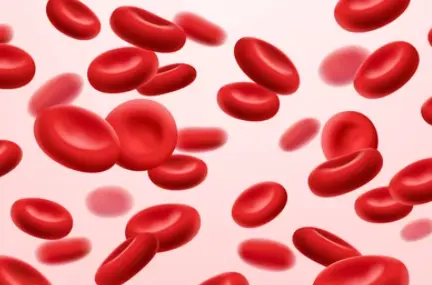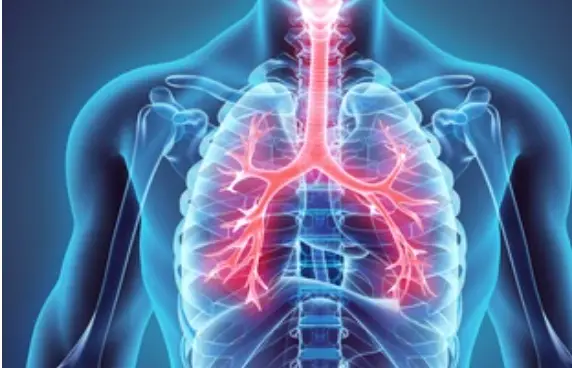 Welcome
Welcome
“May all be happy, may all be healed, may all be at peace and may no one ever suffer."
- A
- B
- C
- D
- E
- F
- G
- H
- I
- J
- K
- L
- M
- N
- O
- P
- Q
- R
- S
- T
- U
- V
- W
- X
- Y
- Z
Eczema - Generics
Eczema, also known as atopic dermatitis, is a chronic inflammatory skin condition that affects millions of people worldwide. It is a complex disease with multiple factors contributing to its development, including genetics, immune dysfunction, environmental triggers, and skin barrier dysfunction.
Eczema is characterized by dry, itchy, and red patches on the skin. It can occur on any part of the body, but it is most commonly found on the face, neck, and limbs. The skin affected by eczema is often thickened, scaly, and may develop small bumps or blisters. In severe cases, the skin may become cracked and painful.
The exact cause of eczema is unknown, but it is believed to be a combination of genetic and environmental factors. People with eczema tend to have a weaker skin barrier, which allows irritants and allergens to penetrate the skin more easily. This can trigger an inflammatory response, leading to the symptoms of eczema.
There are several types of eczema, including atopic dermatitis, contact dermatitis, nummular eczema, seborrheic dermatitis, and dyshidrotic eczema. Each type of eczema has specific triggers and symptoms.
Atopic dermatitis is the most common type of eczema and is often associated with other allergic conditions such as asthma and hay fever. It usually appears in early childhood and can persist into adulthood. Contact dermatitis is caused by contact with an irritant or allergen and is more common in adults. Nummular eczema is characterized by circular or oval patches of irritated skin, while seborrheic dermatitis is a chronic inflammatory condition that affects areas of the body with high oil production, such as the scalp and face. Dyshidrotic eczema is characterized by small, itchy blisters on the hands and feet.
Treatment for eczema involves a combination of approaches, including moisturizing the skin, avoiding triggers, using topical or oral medications, and managing any underlying conditions such as allergies or asthma. Moisturizing the skin is a key component of eczema treatment, as it helps to strengthen the skin barrier and prevent further irritation. Topical corticosteroids are commonly used to reduce inflammation and itching, while oral antihistamines can help relieve itching and improve sleep.
In severe cases, systemic medications such as immunosuppressants or biologic agents may be necessary to control symptoms. Phototherapy, or light therapy, is another option for treating eczema, particularly for people with moderate to severe symptoms.
While there is no cure for eczema, proper treatment can help control symptoms and improve quality of life. It is important to work with a healthcare provider to develop a personalized treatment plan and to avoid triggers as much as possible. With proper management, many people with eczema are able to achieve long-term control of their symptoms.

Thrush

Gastrointestinal stromal...

Psychoses in Parkinsons d...

Non-gonococcal urethritis

Over-anticoagulation

Anogenital pruritus

Brucellosis

Leukemia
Eczema, একজিমা
To be happy, beautiful, healthy, wealthy, hale and long-lived stay with DM3S.